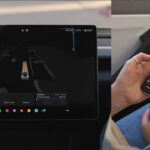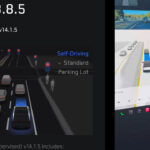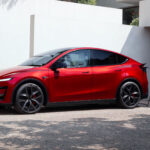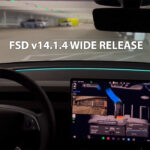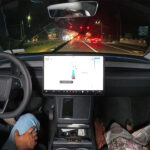If the Chill mode is still fast for you while using Tesla’s Full Self-Driving (Supervised), the automaker has something even cooler in the bag now.
Tesla (TSLA) began the rollout of FSD v14 earlier today. One of the most hyped FSD releases in history, with big promises from the CEO, Elon Musk. It’s also the first major update in almost a year after V13.
FSD v14 now has a fourth speed profile named after the laziest animal in the world — ‘Sloth’. The Sloth profile is in addition to the already slower FSD speed mode named ‘Chill’.
Sloth mode is a change to speed profiles after Tesla exactly a year ago renamed speed profiles according to their driving behavior in reference to speed and acceleration.
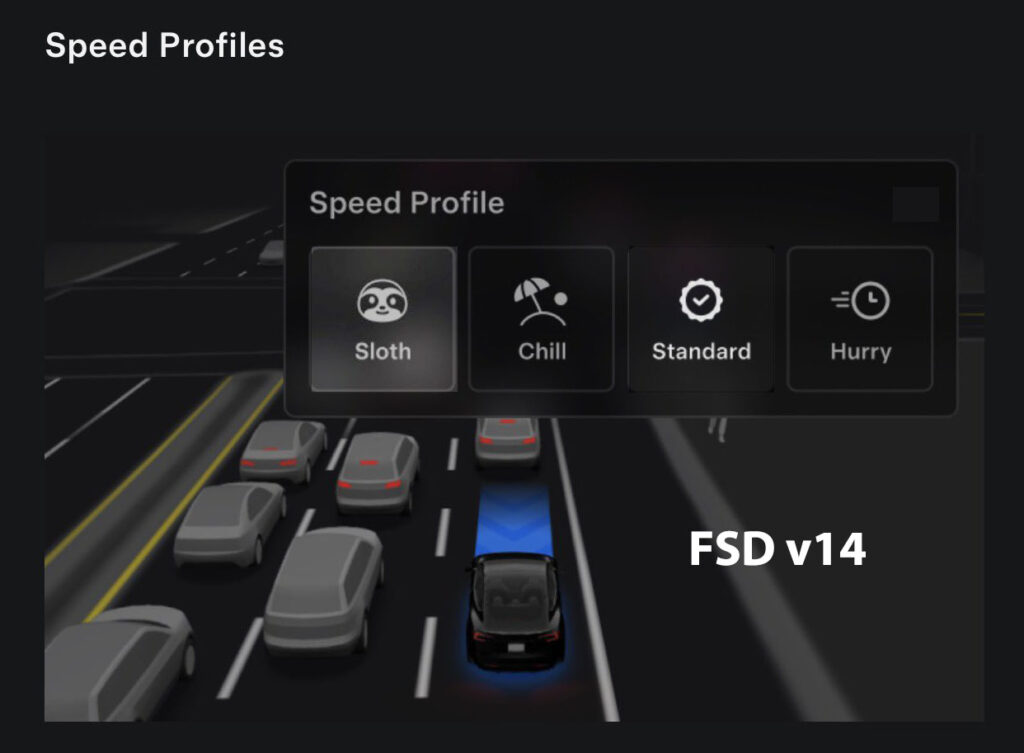
“Lower speeds & more conservative lane changes compared to Chill,” Tesla’s official account stated on X.
The official FSD v14 (2025.32.8.5) release notes explain the newly-updated Speed Profiles and SLOTH mode as:
Speed Profiles
FSD (Supervised) will now determine the appropriate speed based on a mix of driver profile, speed limit, and surrounding traffic.
- Introduced new Speed Profile SLOTH, which comes with lower speeds & more conservative lane selection than CHILL.
- Driver profile now has a stronger impact on behavior. The more assertive the profile, the higher the max speed.
- Right scroll-wheel up/down now adjusts Speed Profile setting rather than your precise max speed offset selection in mph/kph.

Stay tuned for constant Tesla updates, follow us on:
Google News | Flipboard | X (Twitter) | WhatsApp Channel | RSS (Feedly).
Related Tesla FSD News
- Tesla update 2025.38.9 goes wide release on HW3 cars and the Cybertruck (skipping FSD v14)
- FSD v14: Tesla might allow ‘text and drive’ by the end of year, says Musk
- Tesla begins the rollout of Cybertruck FSD v14.1.5 (2025.38.8.5), official release notes, more
- Here’s how to get your free Tesla Ride (FSD Experience) in the United States
- Tesla sends out large waves of FSD v14.1.4 (2025.32.8.16) in North America, early reviews, NHTSA probe, more
- FSD v14 brings Robotaxi-style wiper function to Tesla customer cars (videos)


